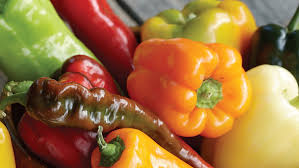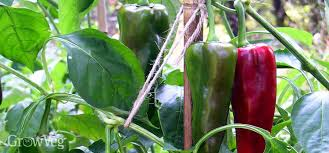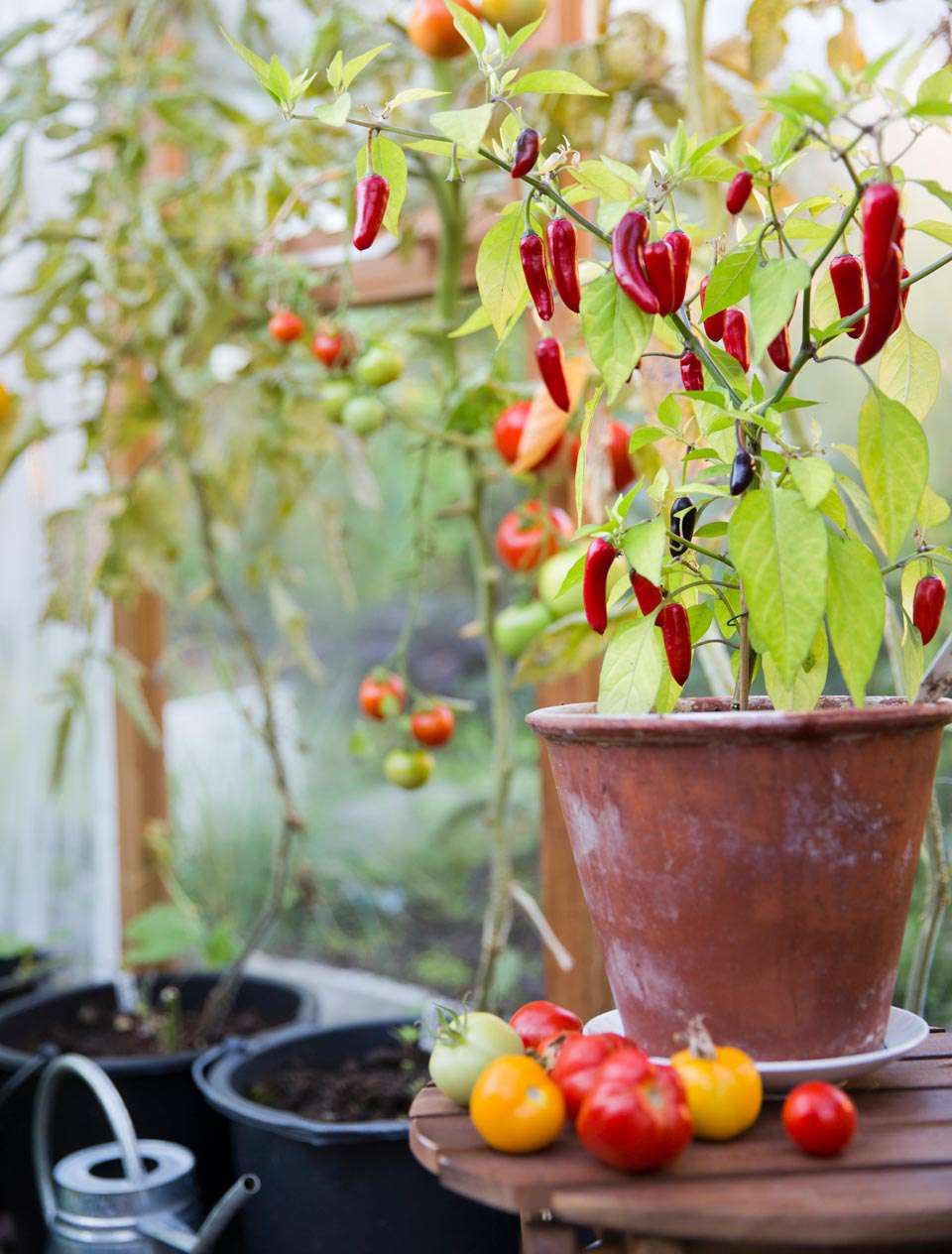If you’re planning to grow vegetables in containers this summer, peppers should be high on your list. When chosen carefully and given proper care, peppers often thrive in pots—sometimes even better than in garden beds—especially in cooler or windier climates. Container-grown peppers benefit from warmer roots early in the season, and as they mature and begin to produce fruit, moving them to a sheltered location can prevent their branches from breaking.
Choosing the Right Pepper Varieties for Containers
Not all pepper varieties are suited to container life. From my experience and insights shared by experts like Pennsylvania Master Gardeners, small-fruited, bushy, branching varieties are ideal for pots. I personally prefer peppers close to my kitchen for quick picking, so I focus on small sweet peppers and moderately hot ones, such as jalapeños.
If I had to grow all my peppers in containers, I’d go for varieties like ‘Redskin’ or ‘Mohawk’ for sweet peppers and ‘Apache’ for a bit of spice. Interestingly, these varieties, perfect for container growth, were all bred in the UK.

Potting Up Peppers
Whether you start with purchased seedlings or sow your own, young pepper plants benefit from being “potted up”—transferred to a slightly larger container—every couple of weeks. Always use high-quality potting mix and avoid disturbing the roots during repotting. When choosing new pots, ensure the container provides around two inches of extra growing space on each side. By the time my peppers are in their permanent pots, I’ve usually repotted them four times.
For containers, I prefer lightweight, water-retentive plastic pots, as peppers often require daily watering, particularly in hot weather. As for placement, while a patio table works in some climates, peppers in containers can benefit from some root shade in very hot weather. You can achieve this by placing pots in shallow crates or even cardboard boxes to protect them from intense sun and overheating.

Watering and Feeding Container Peppers
Peppers have few pest issues but need consistent care when it comes to watering and feeding. In containers, they should never be allowed to dry out. Regular, light moisture is key to healthy growth. To gauge moisture levels, tilt the pots to check their weight—if they feel light, they’re likely too dry. If a large pot dries out completely and wilts, it may require several waterings to recover.
For feeding, a simple method is using a water-soluble liquid fertilizer every week or so when the plants are hydrated and not under stress. Underfed peppers can have pale leaves and limited growth, while well-fed plants will produce more flowers and fruit. I often alternate between homemade liquid fertilizers and store-bought products, choosing fertilizers rich in the three major nutrients as well as calcium and magnesium to support healthy fruiting. Organic fertilizers formulated for tomatoes work well for peppers too.
Supporting Peppers
Some pepper varieties, like ‘Redskin,’ have a compact, spreading habit and don’t require staking, while others, like jalapeños, benefit from extra support. Use stakes, grow-through plant hoops, or even a simple wire cage to support upright peppers. Once the plants start bearing fruit, consider moving them to a spot sheltered from strong winds and intense sunlight. This will help ensure your peppers thrive and make it from the garden to the kitchen safely.

With the right care and attention, container-grown peppers can flourish, offering a flavorful harvest right at your doorstep!
